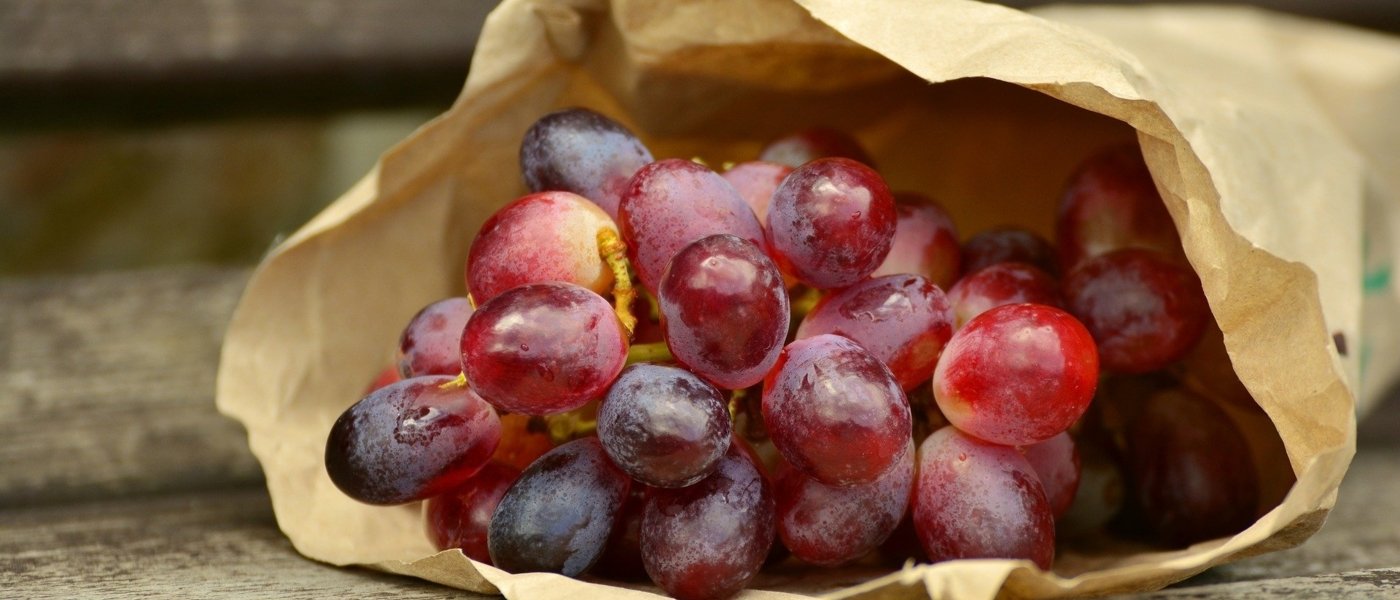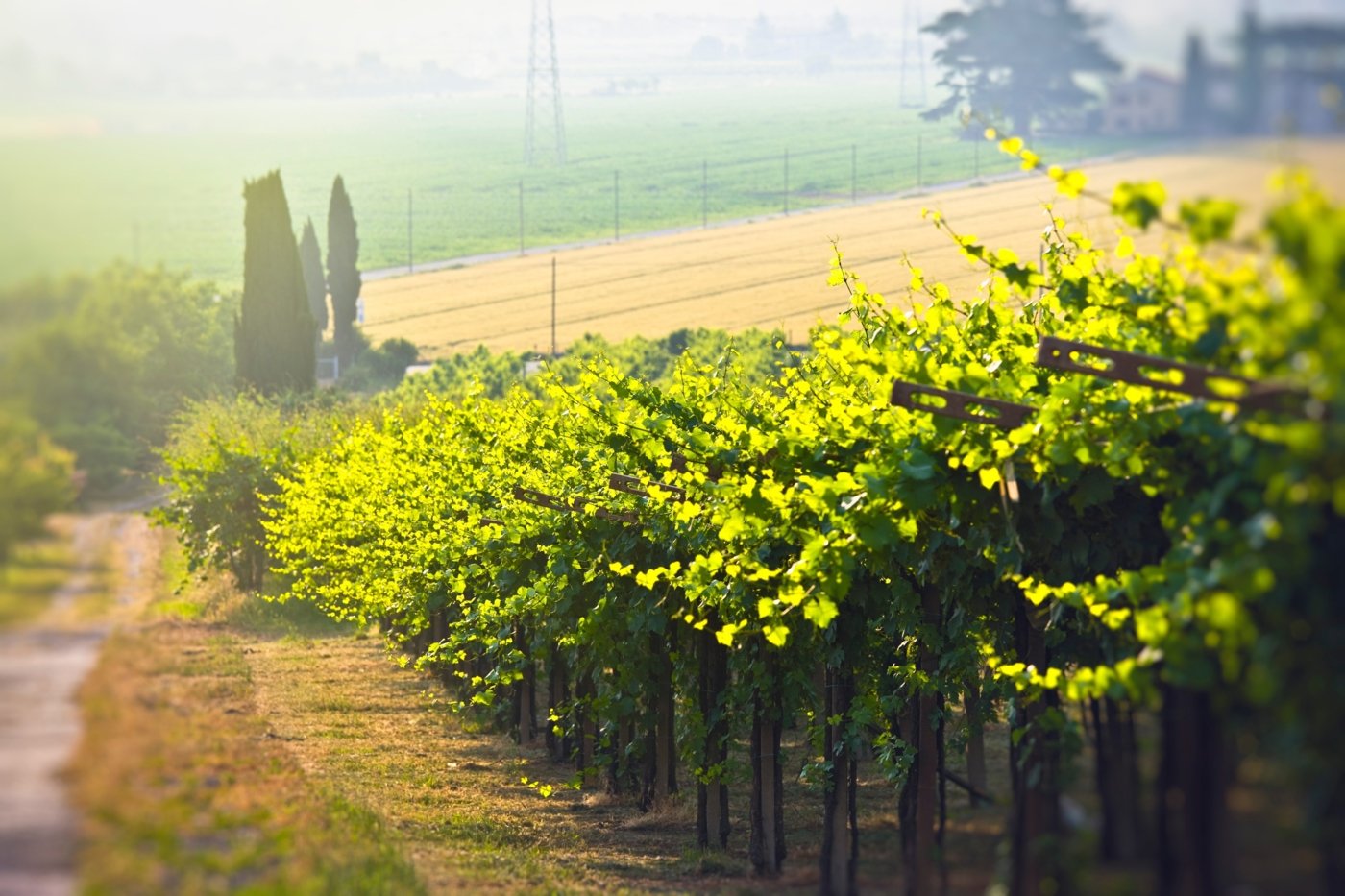Whatever style of wine comes to mind, it’s probably made in some part of Italy. With its wealth of regions, varieties and traditional wine-making processes, Italy has a wine to cover every base.
Sparkling wine
Italy is a big producer of sparkling wine. It is renowned for its metodo classico wines of Franciacorta DOCG, Trento DOC and Alta Langa DOCG, aromatic frizzante (lightly sparkling) and spumante (fully sparkling) Prosecco, the delicate sweet Moscato wines of Moscato d’Asti and Asti, and the fruity, red Lambrusco from Emilia-Romagna. In addition, a range of local grapes, both red and white, are vinified into dry, sweet, white, rose, red, frizzante and spumante wines up and down the country.
Dry white wine
One of the best-known Italian wine types is crisp, reductive, dry white wine. Everyone is familiar with Soave and Pinot Grigio, on all Italian wine lists around the world and Italy has a host of indigenous white grape varieties, generally used to produce fresh, dry whites designed for early drinking, such as Vermentino, Pecorino, Grillo, Cortese and Fiano, although some weightier, more complex versions suitable for ageing are also increasingly being made. International varieties like Chardonnay, Sauvignon Blanc and Viognier are also grown for both varietal wines and for use in blends.
Orange wine
Trendy orange wine, i.e. white grape varieties vinified using red-wine-making technology involving some skin contact, is increasingly popular in the north-east of the country, especially in Friuli Venezia Giulia, where both local and international varieties may be used.
Rosato or Chiaretto
Rosé wines, known as rosato or chiaretto depending on the region, are produced in many parts of the country. Puglia boasts the only DOCG dedicated exclusively to rosato in the entire country. Castel del Monte Bombino Nero DOCG rosato is produced principally from the local Bombino Nero variety.
Light red wines
Although better known for more full-bodied reds, Italy also produces a range of lighter red wines such as Schiava from Alto Adige, Grignolino from Piedmont and Frappato from Sicily.
Medium-bodied red wines
Many Italian red wines fall into this category; some such as Negroamaro and Nero d’Avola, are fruit forward and herbal, others like Nerello Mascalese and Primitivo tend more to a leather and dried-fruit character, whilst others, e.g. Barbera and Valpolicella have earthier characteristics.
Bold red wines
Italy has plenty of bold red wines on offer too. Black-fruit-dominated Super Tuscans and Montepulciano wines vie with other big names such as Barolo and Barbaresco (Nebbiolo), Brunello and Chianti (Sangiovese) and the southern Taurasi (Aglianico), whilst tannic Sagrantino and alcohol-charged Amarone really pack a punch for those looking for a particularly hefty red.
Naturally sweet or passito wines
Italian sweet wines have been famed through history. Often produced by air-drying, appassimento, the grapes are dried in the sun, on the vine or in drying lofts to concentrate the sugars and flavours before being vinified. Some of the most famous examples of passito wines are the Recioto of Valpolicella or Soave, the Passito di Pantelleria, Malvasia delle Liparie, and the Vin Santo of Tuscany and other parts of central Italy. Lighter sweet wines may also be produced from late-harvested grapes.
Fortified wine
One of Italy’s most famous wine exports in the past was Marsala. Marsala is a fortified wine produced in Sicily in a kind of solera system. Marsala can be produced in a range of styles, from dry to sweet, and in both white and red versions. Vin Santo may also be fortified, depending on its region of origin.
Whatever style of wine you prefer, at Wine Paths, our team of local experts can help you discover all there is to know about Italian wine types.
If you're interested in one of our Italy Wine Tours, please visit this link.






